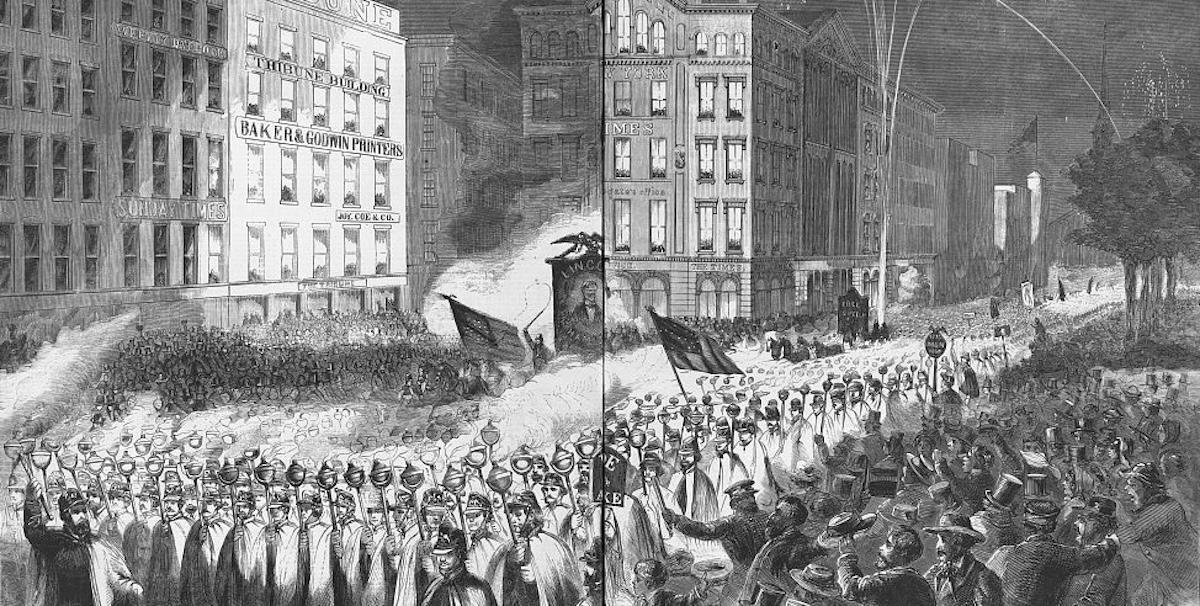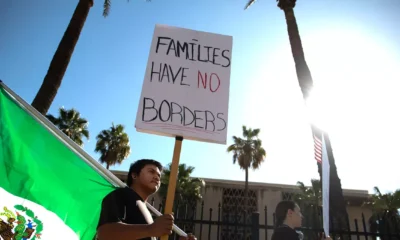history
Unmasking a Revolution: How a Newspaper Ignited Protests, Social Media Storms, and Civil Strife

In recent discussions about America’s political divides, a recurring question arises: can we truly compare today’s polarization to that of the past, given the media’s unprecedented influence? As a curator of political history at the Smithsonian Institution, I often challenge the notion that historical media landscapes were tranquil compared to our current turbulent environment.
Contrary to popular belief, the mid-1800s marked America’s most polarized period, coinciding with rapid advancements in communication technologies. This era saw the rise of confrontational political influencers and rampant disinformation—elements that significantly contributed to the Civil War.
The past is often romanticized as an era of integrity in journalism; however, it was rife with partisan reporting and sensationalism. At the heart of this historical narrative lies a lesser-known movement—the Wide Awakes—a group shaped by the media landscape of their time.
As literacy rates surged, newspapers proliferated. From the handful of publications in 1800, the number skyrocketed to 4,000 by 1860, each producing vast amounts of content that spanned a spectrum of styles and political leanings. This democratization of news consumption drew a diverse readership, including elites, students, and even individuals prohibited from reading.
Political affiliations dominated the newspaper industry; 95% of publications openly supported specific parties, often financed directly by them. Until the rise of journalistic standards in the early 20th century, political bias was the norm, with partisan presses playing a crucial role in election logistics.
The advent of the telegraph in the 1840s transformed how news circulated, allowing for debates to transcend regional boundaries. This national discourse thrust slavery into the spotlight, as newspapers printed incendiary arguments from both abolitionists and pro-slavery advocates.
Amidst this heated debate, a group of politically engaged young men in Connecticut formed the Wide Awakes in 1860 to support the antislavery Republican Party. Adopting militaristic themes and rallying under a shared emblem—an open eye—they galvanized youth participation and united diverse communities across states.
This movement thrived on symbiotic relationships with local newspapers, where they received both support and scrutiny. What began as a grassroots effort swiftly expanded into one of the largest partisan movements in U.S. history, boasting membership figures akin to millions today.
However, the media also disseminated fear. Southern newspapers portrayed the Wide Awakes as a looming threat, exaggerating claims of a race war. As Lincoln’s election approached, editorials in the South stoked anxiety, framing the Wide Awakes as a paramilitary faction.
In response to these provocations, advocates for the Wide Awakes mobilized, encouraging their supporters to prepare for potential conflict. The call to action twisted the narrative from political campaigning to military readiness, blurring the lines between rhetoric and reality.
This unique historical lesson showcases the dual nature of media—serving as a platform for reform while simultaneously amplifying division. Today’s political climate mirrors that turbulent era, marked by technological advancements that fuel existing tensions.
Ultimately, understanding this complex history can inform our perspectives on current media dynamics. Rather than viewing political media as an uncontrollable force, it might be more insightful to consider it as part of an evolving landscape requiring thoughtful navigation.
















